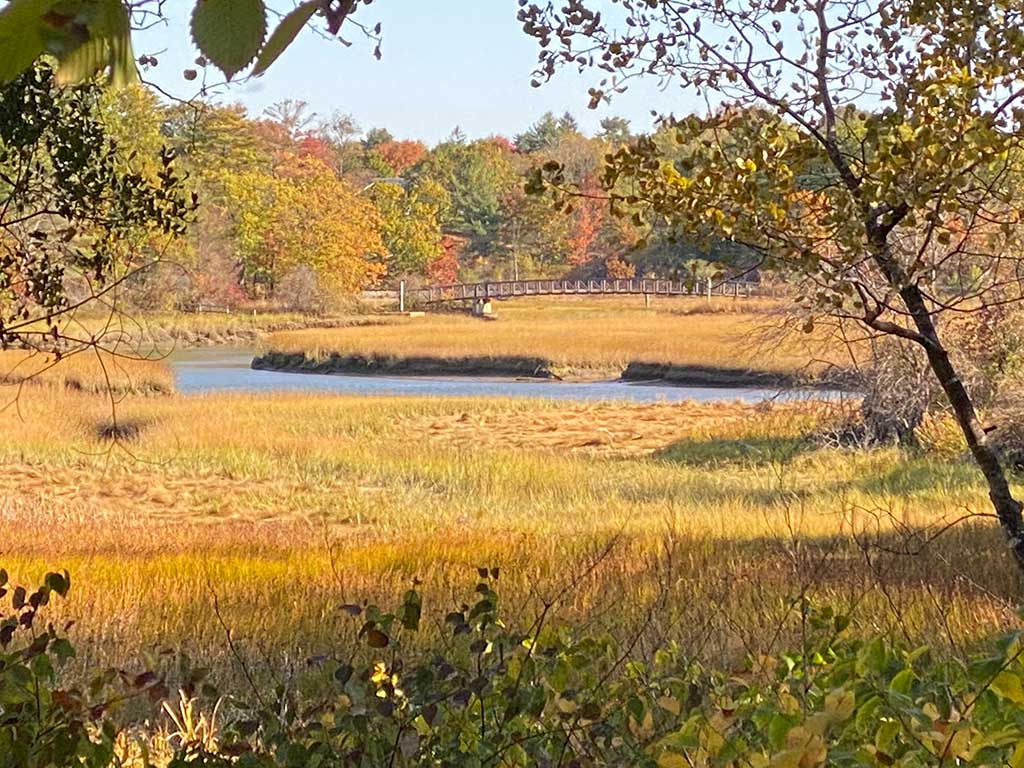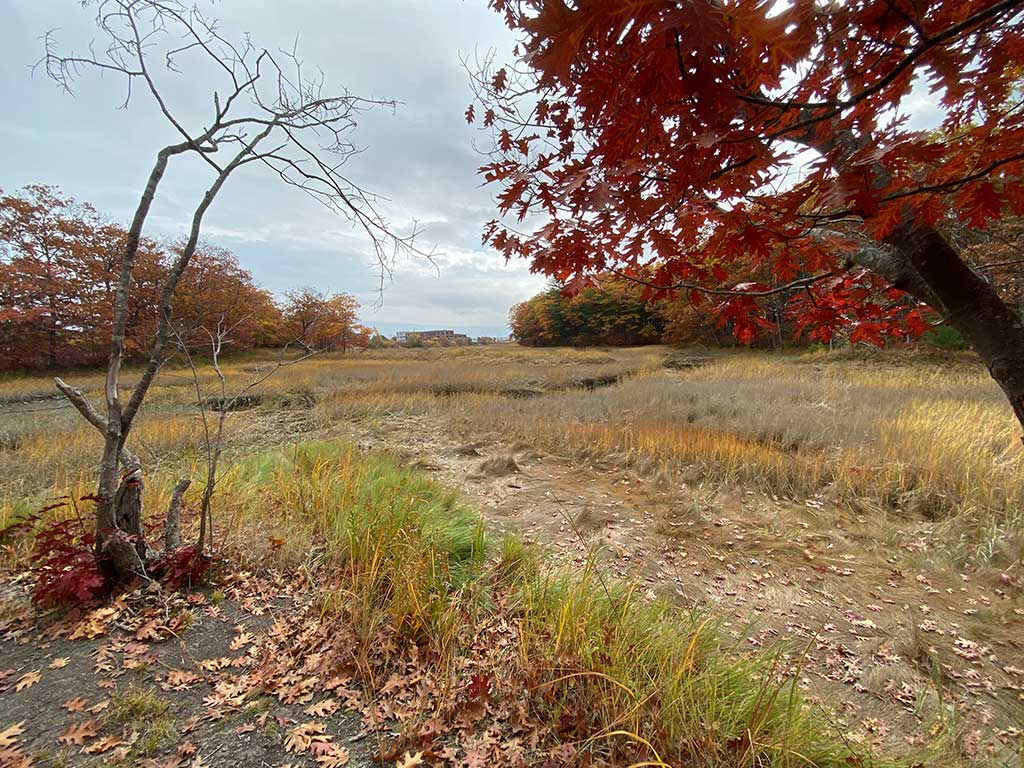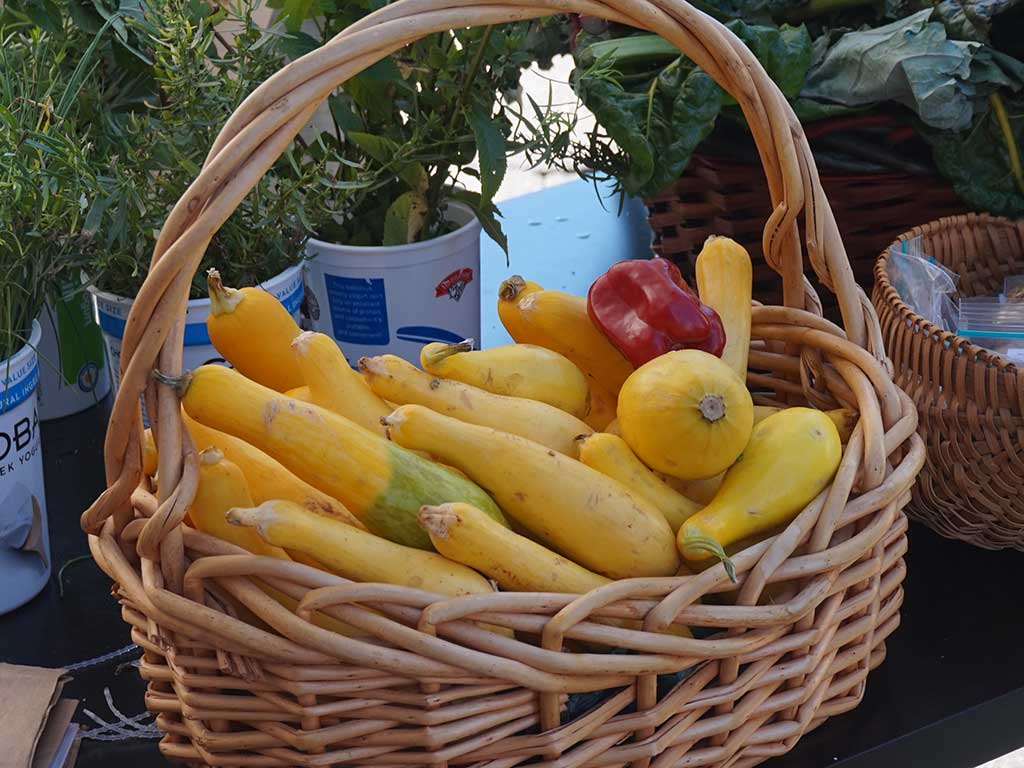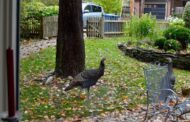
Bright Ideas No. 29
OUR WETLANDS AND SHORELINES
If you know the exhilaration of spotting a snowy white heron or egret waiting patiently in tall coastal grasses, you can appreciate some of the beauty of our wetlands. Or maybe you’re a kayaker who enjoys seeing nature up front and close. Or a fly fisherman who knows that wetlands are the place to go. But there is far more to Back Cove, the Scarborough Marsh, and the Fore River Sanctuary than readily meets the eye…

Living shorelines are natural goods that need protection. Besides enhancing overall coastal resilience, living shorelines improve water quality through filtration, dissipate storm surges, and contribute to carbon sequestration. In addition, living shorelines support ecotourism through fishing, hunting, and wildlife viewing activities.
Coastal communities are tied to the sea and many of us depend on it for our food and livelihoods. By protecting open spaces and coastal waters, we ensure that such ecosystems adapt and thrive even when faced with adverse conditions.
Critical Wetlands
Wetlands seldom seem critical to our well-being, but the science is clear – wetlands are the most effective carbon sinks on the planet. Coastal wetlands such as salt marshes and sea grass beds are some of the most carbon dense ecosystems. Sea crops, for the most part, are restorative and require no inputs of freshwater, animal feed, or fertilizer. And kelp, for example, is a hero of carbon sequestration.

Wetlands may even be more efficient at capturing atmospheric carbon than rainforests; their natural protection helps communities mitigate and adapt to adverse climate conditions, protecting them from storm surges and flooding. On the other hand, wetland degradation can release detrimental amounts of carbon dioxide and methane due to warmer water and soils.
Living Shorelines
Facing sea level rise, coastal dwellers need to think about where and how we develop and maintain our shorelines.
Stabilized shorelines consist of natural materials like plants, sand, or rock. Our best protection can come through using “soft” methods that imitate nature by using the deep roots of native vegetation to strengthen the structural integrity of shorelines and prevent land from breaking apart.
Also, living shorelines incorporate green building techniques as alternatives to hard concrete, stone, or wood structures. “Soft armoring” usually incorporates live plants, logs, root wads, vegetative mats, and other methods. Healthy trees are often cornerstones of a stable shoreline.
BRIGHT IDEA: Thank our legislators and governor for the remarkable climate legislative work they passed this year.
One example is LD 593 which focuses on ell grass and salt marshes. By adopting improved resource stewardship, efficient climate mitigation, and adaptation strategies we ensure that communities and our environment thrive.
Bright Ideas is brought to you by Portland Climate Action Team, who meet on the fourth Thursday of the month, 6-7:30 p.m. All are welcome to join. FMI: portlandclimateaction@gmail.com.





